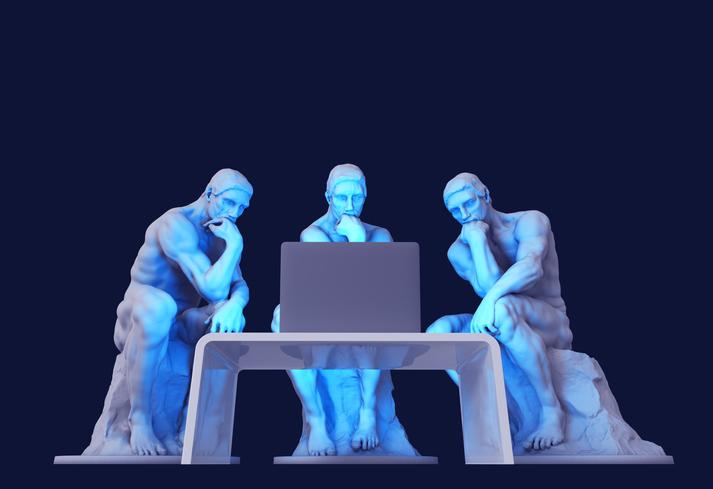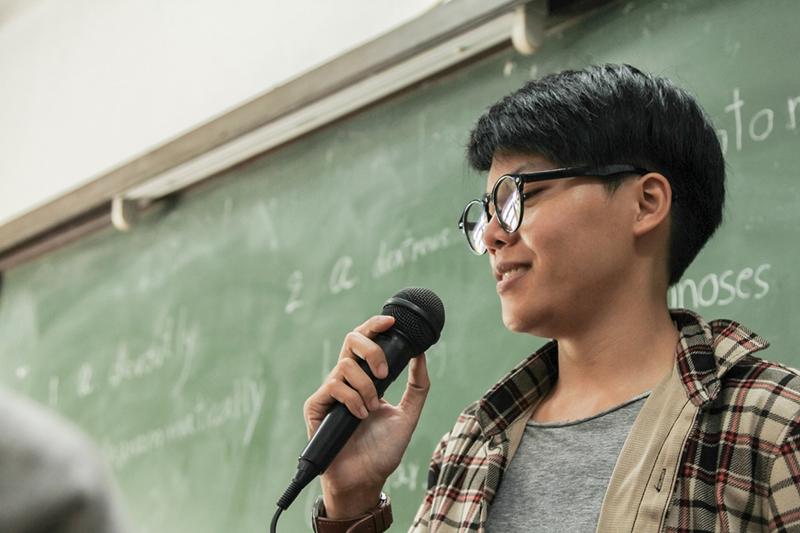The use of large language models, such as ChatGPT, in teaching and learning has the potential to expand beyond that of a digital tool to draft essays or structure teaching content. The dynamic relationship between its input and output in real time offers opportunities for integration in the classroom in a way that can both increase student engagement and improve the overall learning experience. However, such use demands an elevation in critical thinking, creativity and imagination from higher education teachers and learners alike.
- Collection: AI transformers like ChatGPT are here, so what next?
- Spotlight guide: Bringing GenAI into the university classroom
- Spotlight guide: Creativity in higher education
This article focuses on three practical applications of ChatGPT in the classroom, elucidating how educators can integrate it into diverse teaching styles and subject matter to enhance the cognitive abilities of learners.
1. Problem-solving with ChatGPT
The discussion evolves iteratively, with students engaging in a triangular dialogue involving themselves, ChatGPT and the teacher. This exercise is suitable for a flipped classroom and is ideal for problem-based learning where students prepare in advance.
How the exercise works
In class, students brainstorm solutions to a discussed problem and the teacher selects the top ideas for input into ChatGPT. The AI generates diverse solutions, which the students appraise critically. This process leads to a deepened understanding, with the teacher guiding the students towards a solution based on expertise and best practices.
Advantages:
- Enhances critical-thinking and problem-solving skills
- Promotes collaborative learning and active participation
- Offers instant, diverse perspectives on problems
- Deepens subject understanding through critical evaluation of AI-generated content.
Considerations:
- Requires careful planning and orchestration by the teacher
- Quality of ChatGPT responses depends on prompt quality and might need further clarification
- Potential for over-reliance on technology, necessitating a balanced approach.
2. Creative research brainstorming with ChatGPT
Students unfamiliar with the intricacies of the topic or field use ChatGPT to grasp the foundational concepts. This approach is ideal for research seminars, research workshops or lab meetings where students design experiments on new or complex research topics.
How the exercise works
The teacher presents a broad research topic or research aim. Students use generative AI to answer questions about basic principles, applications and their significance in research. As their understanding evolves, students are asked to delve into more specific enquiries using ChatGPT regarding the experimental set-up that they will choose for their approach, such as identifying necessary materials, determining control variables and considering relevant measurement techniques. The teacher guides the session and receives feedback on student progress through the outcome of their ChatGPT enquiry. The teacher uses a question-and-answer method to help students refine their prompts/questions and critically assess the responses. This iterative process leads to the generation of experimental ideas, encouraging students to think creatively and possibly amalgamate concepts into comprehensive research proposals. The teacher incorporates the role of AI into the brainstorming process with the research team, while using it as a source of knowledge.
Advantages:
- Encourages a deeper grasp of emerging or complex research topics
- Cultivates skills in critical questioning and critical reasoning
- Promotes collaborative brainstorming, creative thinking and imagination
- Exposes students to experimental approaches and methodologies, supporting their learning while developing research ideas.
Considerations:
- Requires the teacher’s expertise to guide the enquiry process and ensure the practicality of the ideas presented
- Might lead to information overload or conflicting suggestions.
3. Debate and argumentation training with ChatGPT
Each student selects a topic and uses ChatGPT to generate opposing viewpoints and engage in peer review. This exercise is suitable for classes focused on developing debate or critical-thinking skills, or courses where understanding multiple viewpoints is crucial.
How the exercise works
Students prompt ChatGPT to provide arguments for and against the chosen topic. They then summarise these viewpoints and present them in class, adding their personal perspectives to the discussion. This approach fosters a comprehensive understanding of the topic, as students are exposed to arguments they might not have considered otherwise. In a subsequent phase, other students discuss and critique their classmates’ summaries, enhancing the learning experience through peer interaction and collaborative analysis.
Advantages:
- Explores multiple perspectives and facilitates a balanced understanding of complex topics
- Enhances critical-thinking and argumentation skills
- Promotes communication and presentation abilities
- Encourages peer learning and sharing constructive feedback.
Considerations:
- Risk of students overly relying on ChatGPT-generated arguments and underestimating the development of their own
- Requires teacher guidance to ensure that the discussions remain respectful and productive
- The quality of the debate is contingent on the depth and relevance of the prompts given to ChatGPT.
As we integrate AI tools such as ChatGPT into educational settings, we open doors to innovative teaching and learning methods. These examples illustrate the potential of ChatGPT to enhance critical thinking, creativity and engagement in classroom scenarios. By adopting AI technologies, educators can not only diversify their teaching approaches, but also prepare students for a future where AI will be an integral part of problem-solving and research.
Nevertheless, the key lies in striking a balance between technology reliance and traditional educational values, ensuring that AI serves as a complement to, and not a replacement of, the human element in education.
Nikolas Dietis is an assistant professor of pharmacology at the Medical School of the University of Cyprus.
If you would like advice and insight from academics and university staff delivered direct to your inbox each week, sign up for the Campus newsletter.




comment